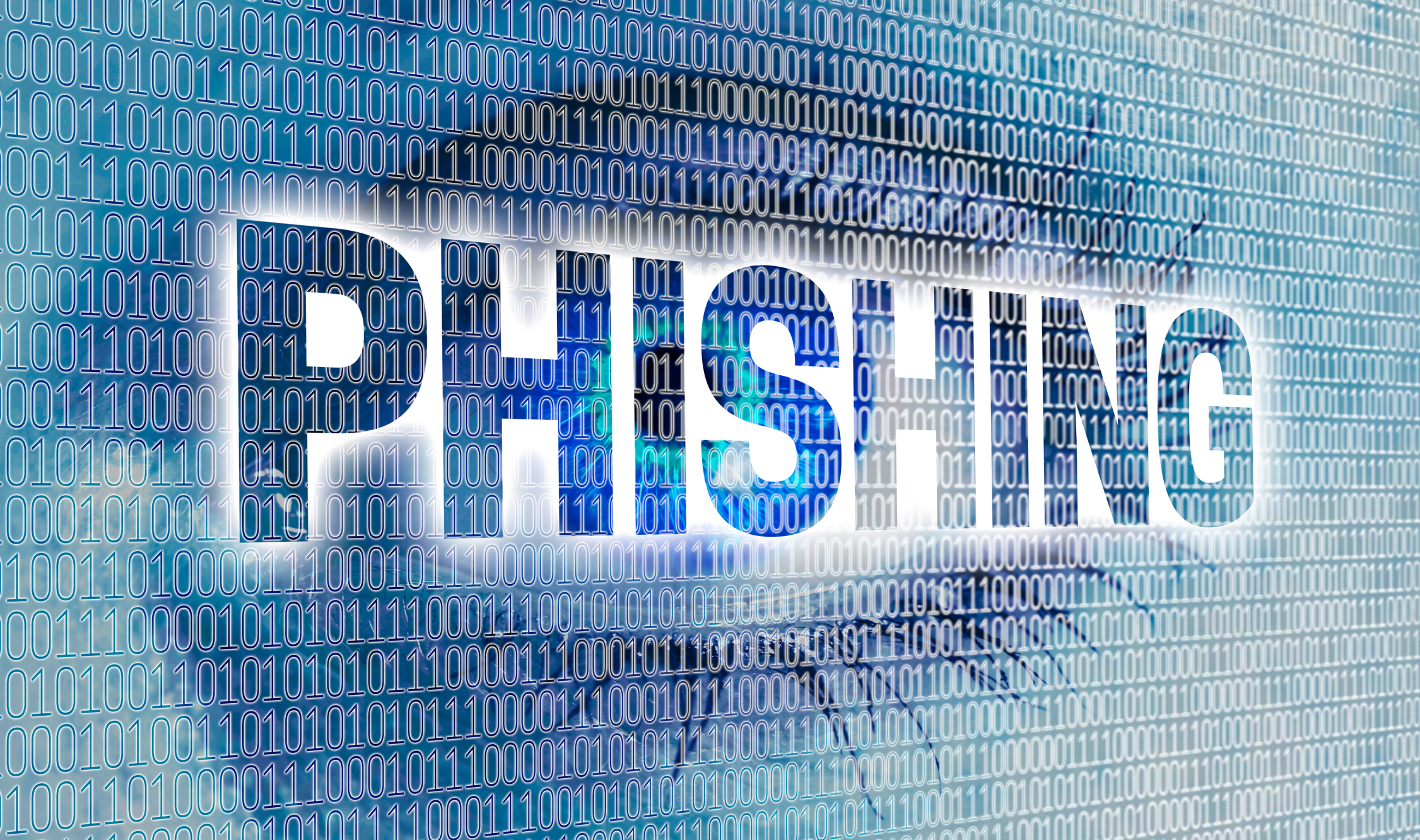
Threat actors spoof email security providers
A new report from phishing defense company Cofense highlights increasingly sophisticated phishing attacks that are exploiting trusted email security companies such as Proofpoint, Mimecast and Virtru to trick users into disclosing sensitive credentials.
The attacks make use of fake email attachments, phishing links and credential-harvesting tactics to compromise sensitive data. By mimicking well-known brands, threat actors boost the likelihood that the recipients will trust the emails and engage with harmful content, leading to them exposing critical information.

Credential phishing attacks up over 700 percent
Phishing remains one of the most significant cyber threats impacting organizations worldwide and a new report shows credential theft attacks surged dramatically in the second half of 2024, rising by 703 percent.
The report from SlashNext shows that overall, email-based threats rose by 202 percent over the same period, with individual users receiving at least one advanced phishing link per week capable of bypassing traditional network security controls.

The five email attacks to watch for in 2025
Despite the rise of other means of communication email remains the most commonly used. This makes it attractive to cybercriminals as it offers an entry point to businesses and the gateway that employees rely on to do their jobs.
A new report from Abnormal Security highlights the attacks that we’re likely to see in the next year and shows the need for improved defenses, including the use of AI.

The top five most-phished industries
New research reveals the top five industries most frequently targeted by specifically tailored phishing attacks using either the recipient's name, email address, phone number, or company name.
The study from Cofense using data drawn from the Cofense Intelligence product between Q3 2023 to Q3 2024 shows, unsurprisingly, that finance tops the list, accounting for 15.5 percent of all credential phishing emails where the product redacted information from the subject in order to safeguard the recipient.

Holiday season cybersecurity alert: QR code phishing scams
Thanks to the proliferation of smartphones, QR code usage globally has surged by 57 percent, and by 2025, it is forecast to increase by another 22 percent. And up to eight new QR codes are generated per minute globally.
It is no surprise then why QR codes are everywhere -- on billboards, shopping malls, event brochures, restaurant menus, charity websites, parking spaces, you name it! Of course, the genius of QR codes is their ease of use and convenience. For users, one scan and the job is done, be that registering for an event or purchasing an item.

HR and IT are among top-clicked phishing subjects
A new report reveals that HR and IT-related phishing emails claim a significant 48.6 percent share of top-clicked phishing types globally.
The research from KnowBe4 also shows that among large companies -- 1,000+ employees -- the most targeted industries are healthcare and pharmaceuticals with a Phish-Prone Percentage (PPP) of 51.4 percent, insurance on 48.8 percent and energy and utilities on 47.8 percent.

The phishing threat landscape evolves
Phishing is on the rise. Egress' latest Phishing Threat Trends Report shows a 28 percent surge in attacks in the second quarter of 2024 alone. But what’s behind the increase? There are a few factors in play. Like any other form of threat, phishing is becoming more sophisticated with hackers now having access to a variety of new AI-powered tools to generate email messages, payloads, and even deepfakes.
Further, these technologies and the cyberattacks they can create are now easier to access than ever. Especially as more hackers tap into the professional services on offer from a mature and diverse Crime as a Service (CaaS) ecosystem of providers selling everything from the mechanisms to create attacks to pre-packaged phishing toolkits that promise to evade native defenses and secure email gateways (SEGs).

Manufacturing faces a wave of advanced email attacks
New data from Abnormal Security shows that between September 2023 and September 2024, phishing, business email compromise, and vendor email compromise attacks on manufacturers increased significantly.
The number of monthly attacks phishing attacks has grown nearly 83 percent between September 2023 and September 2024. Business email compromise attacks are up 56 percent too.

Attackers target holidays and weekends to catch enterprises off guard
Cyberattackers are targeting holidays and weekends to cause maximum disruption, yet many businesses remain underprepared outside of standard working hours.
A new report from Semperis, based on a survey of almost 1,000 cybersecurity professionals, shows that 86 percent of surveyed organizations in the US, UK, France and Germany that were attacked were targeted during a holiday or weekend.

Malicious emails bypass SEGs every 45 seconds
New data from Cofense shows one malicious email bypassing customers' Secure Email Gateways (SEGs) every 45 seconds -- up from every 57 seconds in 2023.
The report also highlights the rapid rise in Remote Access Trojans (RATs) and the evolution of credential phishing techniques that exploit trusted platforms. Remcos RAT emerged as the predominant malware, using methods to bypass SEGs with ease.

AI boosts rise in phishing and spoofing attacks on banks
The US banking industry has seen a significant uptick in cyberattacks, particularly in phishing and spoofing, and tactics are becoming increasingly advanced due to AI.
New research from BforeAI analyzed 62,074 domains registered between January and June 2024 with finance-related keywords. Of those registered domains, 62 percent were found to be involved in phishing attacks targeting legitimate entities via spoofing websites.

Almost 90 percent of organizations suffered security incidents in the last three years
A new report shows 89 percent of organizations suffered at least one security incident in the past three years. 52 percent experienced at least four, and 24 percent were victims of an extraordinary 11 incidents.
The 2024 Secure Infrastructure Access from Teleport surveyed 250 senior US and UK decision-makers, assessing enterprise performance in infrastructure access security, dividing respondents into three groups based on a number of factors.

The top enterprise cloud threats of 2024
A new report from IBM X-Force looks at the biggest risks enterprises are facing and highlights how attackers know that credentials are the keys to cloud environments, making them highly sought-after on dark web marketplaces.
Attackers are using phishing, keylogging, watering hole and brute force attacks to harvest credentials. Also dark web research highlights the popularity of infostealers, used to steal cloud platform and service-specific credentials.

Enterprises suffer surge in mobile phishing attacks
Cybercriminals are increasingly adopting a 'mobile-first' attack strategy to infiltrate enterprise systems by targeting weak, unsecured, and unmanaged mobile endpoints, recognizing mobile as a major entry point to corporate networks and sensitive data.
A new report from Zimperium zLabs shows a significant rise in mobile phishing -- or 'mishing' -- a technique that employs various tactics specifically designed to exploit vulnerabilities in mobile devices.

Phishing and deepfakes are leading AI-powered threats
A new survey of cybersecurity professionals finds that 75 percent of respondents think phishing attacks pose the greatest AI-powered threat to their organization, while 56 percent say deepfake enhanced fraud (voice or video) poses the greatest threat.
The study from Team 8, carried out at its annual CISO Summit, also finds that lack of expertise (58 percent) and balancing security with usability (56 percent) are the two main challenges organizations face when defending AI systems.
